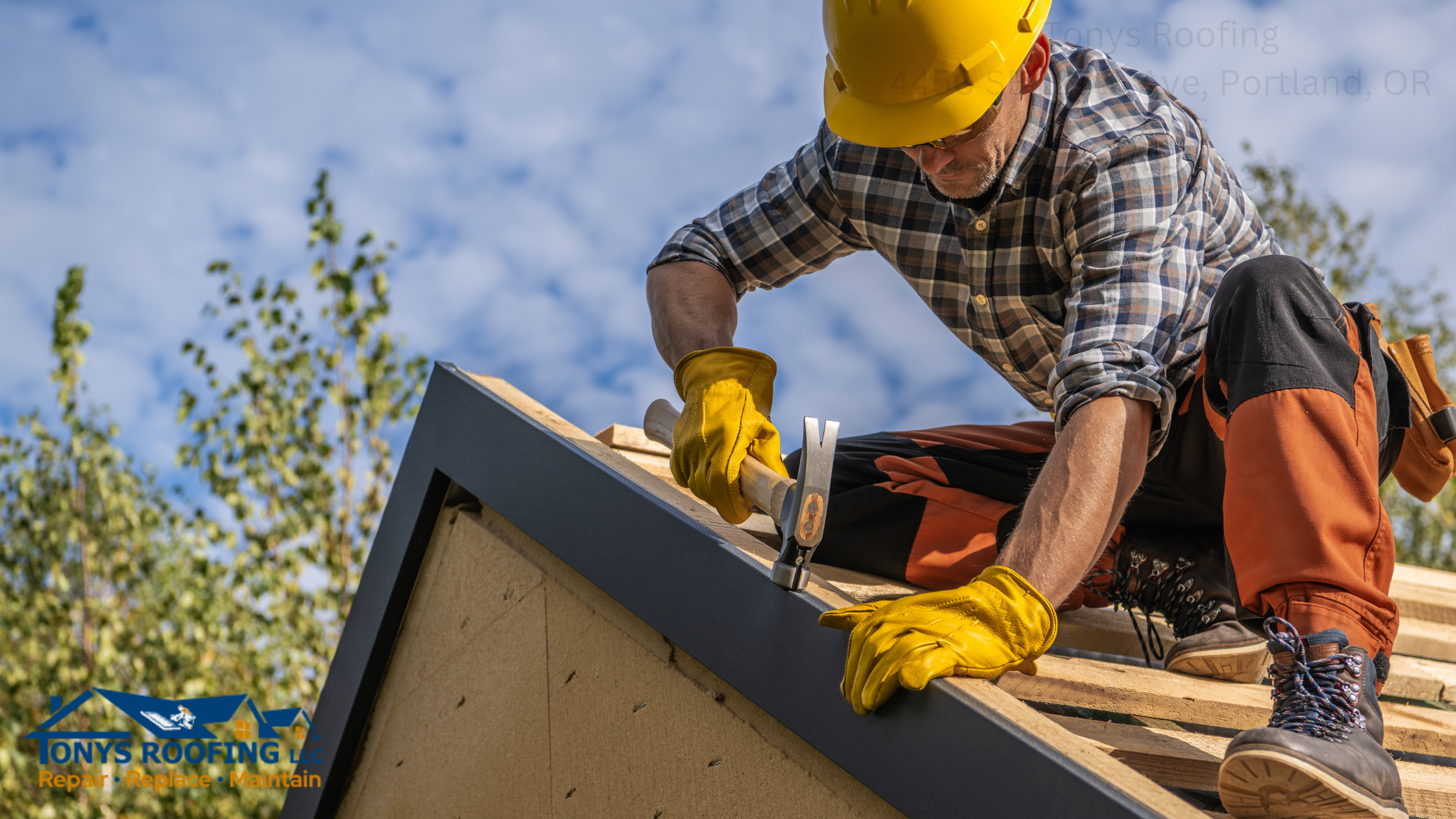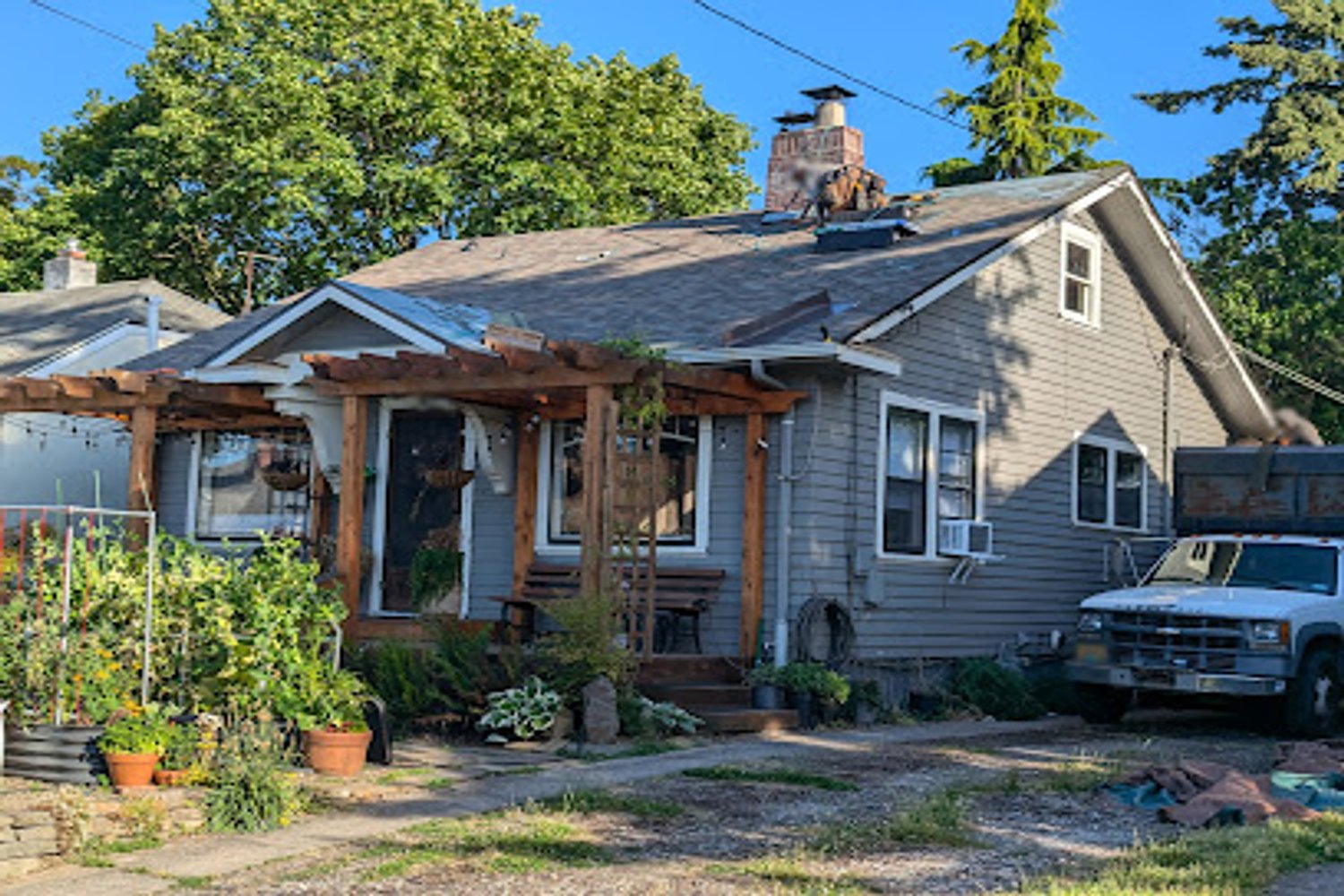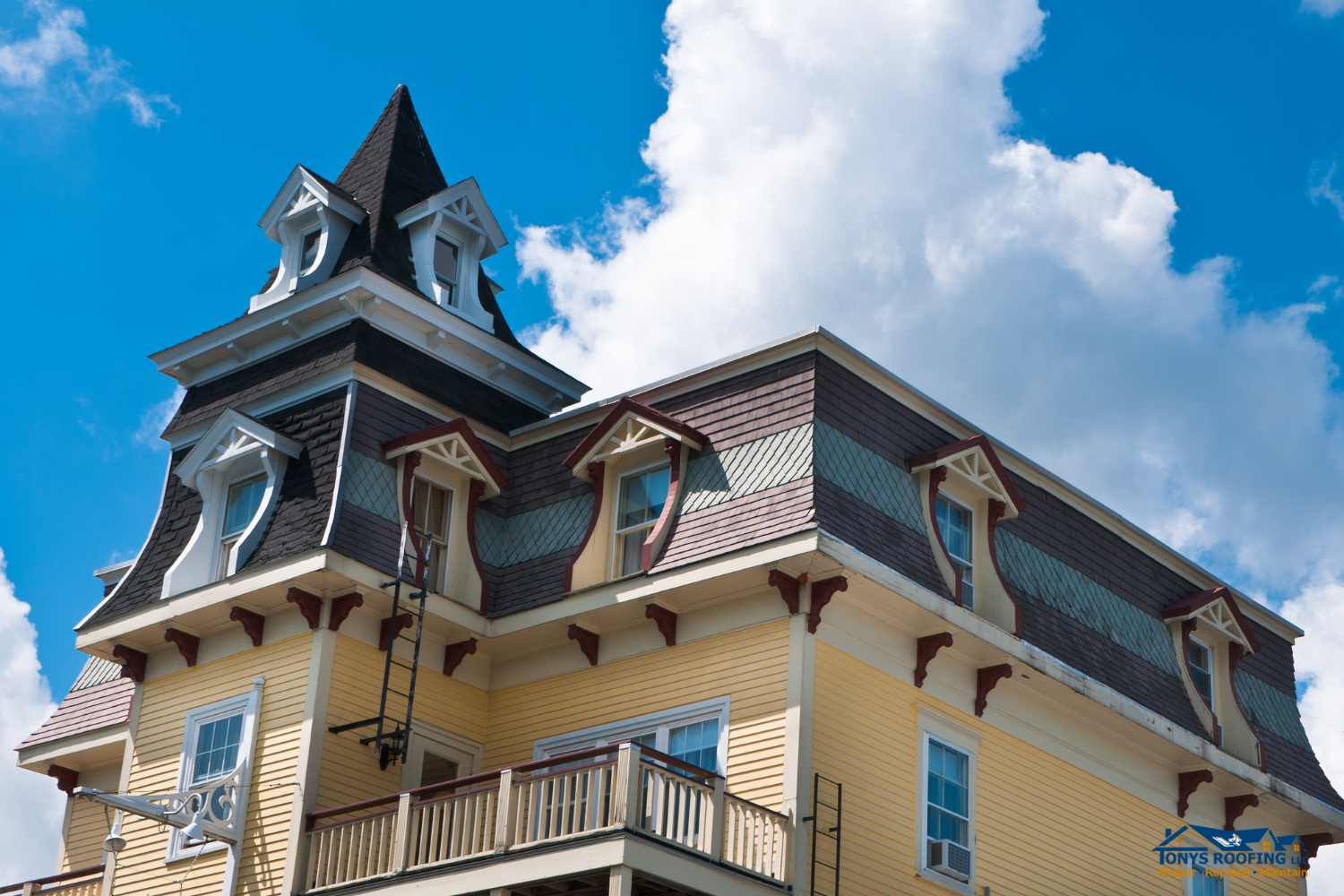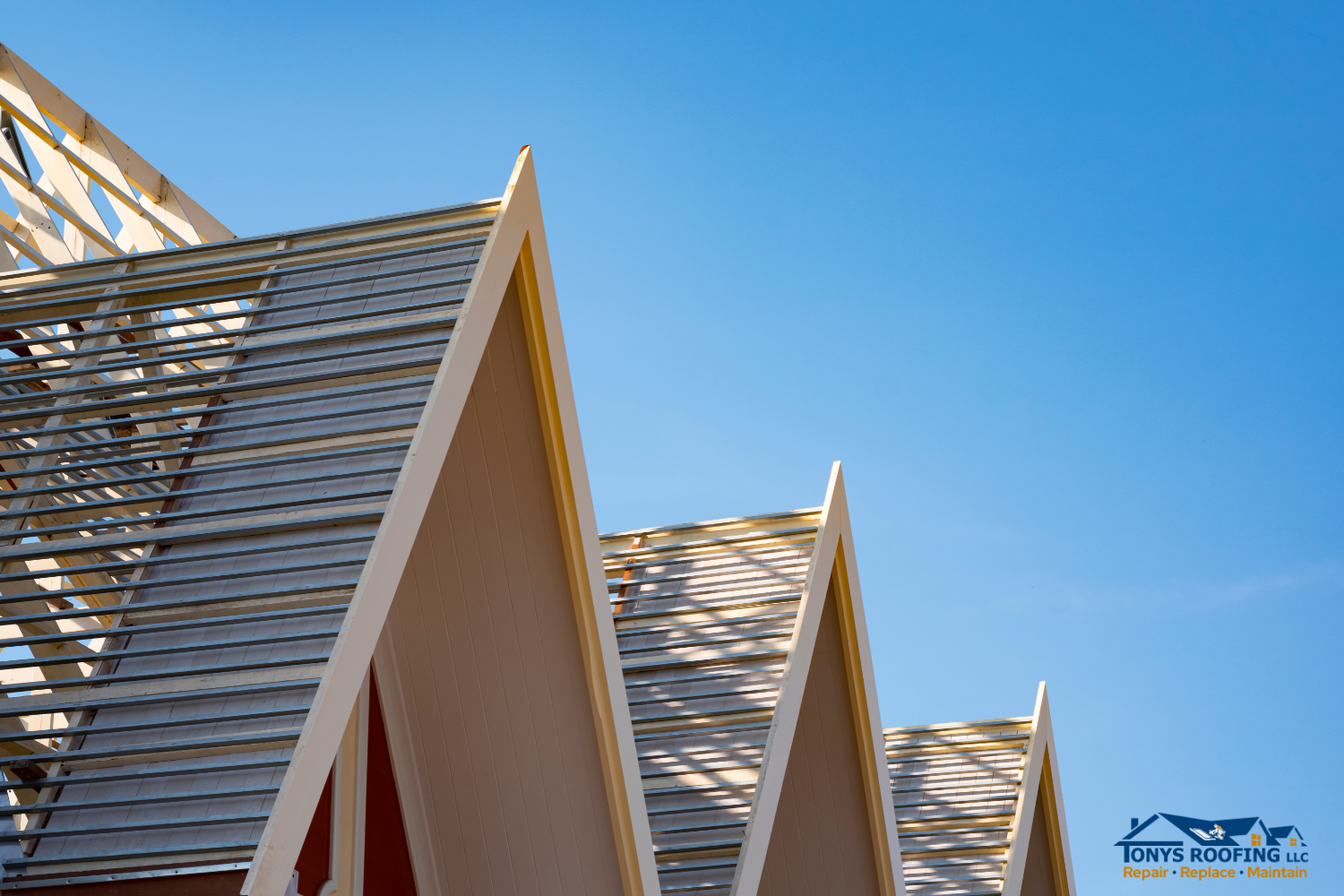Portland, OR – Recent developments in the insurance industry have highlighted a growing concern among homeowners and potential buyers regarding roof insurance coverage. As storms become more frequent and severe, insurers are adjusting their policies, particularly concerning the age of roofing materials. Tony’s Roofing, a leading name in roofing solutions, sheds light on the situation and offers advice for those navigating the changing landscape.
According to Erick, a spokesperson for Tony’s Roofing, insurance companies have revised their stance on older roofs. “The consensus among insurers is a refusal to cover roofs that are over 10 years old,” Erick explains. This decision has not led to a complete cutoff for current homeowners but poses significant challenges for potential buyers. In instances where insurance quotes are offered for these older roofs, the premiums quoted are often prohibitively high, impacting the financing options available for home purchases.
True Cost Of The Age Of Your Roof
Erick highlights that traditionally, the age of a roof became a point of contention only after 20 years, with insurers accepting repairs on damage to younger roofs. However, with the uptick in storm-related damages, insurers are insisting on full replacements rather than repairs for roofs deemed too old, complicating home sales and negotiations over replacement costs.
The inability to secure insurance due to the age of a roof can jeopardize home sales, shifting the dynamics of negotiations and often placing the burden of roof replacement on the buyer. Erick advises, “It’s crucial for buyers to inquire about the age of the roof early in the process to ensure its insurability.”
Storm Activity Effects Roof Replacement Long After Initial Impact
The roofing industry is experiencing a shift, with instances of roofs being replaced prematurely to meet insurance requirements, leading to increased waste and unnecessary expenditures. Both sellers and buyers are encouraged to conduct thorough roof inspections before listing or purchasing a home to avoid unforeseen complications related to roof insurance coverage.
As the property market evolves in response to these insurance changes, Tony’s Roofing remains committed to providing expert roof replacement guidance and solutions for homeowners navigating the complexities of roof replacement and insurance coverage.
In light of increased storm activity, Erick also recommends that homeowners consider opting for impact-resistant shingles when replacing their roofs. These shingles, while more expensive upfront, offer greater durability against hail and may lead to insurance discounts, potentially offsetting initial costs.
Schedule a Consultation Today
For those looking to invest in a new roof, repair, or maintenance, Tonys Roofing offers consultations to discuss roofing needs and provide a detailed, no-obligation estimate. Their team works closely with clients to ensure they understand the options available and receive a solution tailored to their specific requirements.
Contact Information
Tonys Roofing
Address: 4450 SE 125th Ave, Portland, OR 97236
Phone: 503-415-0438
Email: tonysroofingcompany@gmail.com
Website: https://tonysroofingllc.com
About Tony’s Roofing
Tony’s Roofing is a premier provider of roofing services and solutions, dedicated to ensuring the durability and safety of homes in the face of changing weather patterns and insurance demands. With a focus on quality materials and customer service, Tony’s Roofing aids homeowners in protecting their investments and navigating the complexities of insurance coverage.



















